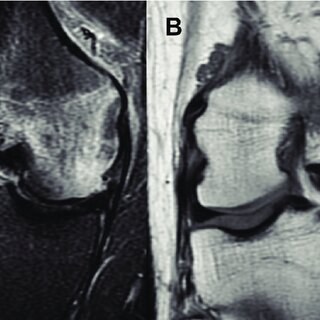Meniscectomy surgery, a procedure to remove all or part of a torn meniscus, plays a significant role in alleviating knee pain and restoring mobility. Recovery, though, requires carefully structured rehabilitation, with physical therapy serving as a foundational component. Here is more information on the role of physical therapy in meniscectomy recovery by addressing its stages, exercises, and timeline to regain strength and functionality:
Stages of Meniscectomy Rehabilitation
Physical therapy for meniscectomy progresses through stages, each targeting specific recovery milestones. Early-stage rehabilitation focuses on reducing swelling, improving mobility, and protecting the knee. Therapists typically guide individuals through gentle range-of-motion activities to prevent stiffness or scar tissue formation. Cryotherapy (cold therapy) sessions may also reduce inflammation and manage pain during this stage.
By the intermediate stage, the emphasis shifts toward regaining strength, particularly in the quadriceps and hamstring muscles that support the knee. Controlled weight-bearing exercises, such as leg presses or wall slides, frequently become part of the regimen. Therapists monitor movement mechanics to enable proper alignment during physical activities.
Late-stage rehabilitation introduces dynamic exercises designed to rebuild balance, coordination, and agility. Therapists often tailor these exercises to match the individual’s lifestyle or athletic goals. This stage supports a gradual transition back to regular activities or sports while safeguarding the knee from undue stress.
Exercises Used in Rehabilitation
Physical therapy employs structured exercises to meet meniscectomy recovery goals. Non-weight-bearing activities, such as seated straight leg raises or ankle pumps, are commonly introduced early in recovery. These movements strengthen surrounding muscles without straining the knee joint.
Weight-bearing and resistance exercises are integrated later to boost muscle strength and joint stability. Activities such as step-ups, bodyweight squats, and resistance band work are widely used. These exercises not only improve strength but also simulate everyday movements to prepare individuals for daily routines.
Functional training marks the final step, focusing on proprioception and dynamic movements. Exercises like single-leg stances, agility drills, or controlled jumps enhance knee stability under various conditions. Incorporating balance aids such as BOSU balls or wobble boards fosters confidence in movement.
Expectations and Recovery
The recovery timeline after a meniscectomy varies based on the extent of the surgery and individual factors, such as overall fitness and adherence to rehabilitation programs. Most individuals can expect to resume activities of daily living within 4 to 6 weeks post-surgery. Low-impact exercises, such as stationary cycling or swimming, become feasible around this time.
Full strength recovery often requires several more weeks or months. Athletes or active individuals looking to return to intense physical activity or sports may need a longer timeline, typically 3 to 6 months. Regular communication with the therapist helps in tracking progress and adjusting programs to meet evolving recovery needs.
While individual experiences differ, consistently practicing prescribed exercises and attending therapy sessions significantly enhances outcomes. Physical therapy not only accelerates recovery but also minimizes the risk of complications, such as compensatory movement patterns or instability.
Find a Physical Therapist
Physical therapy directly impacts successful meniscectomy recovery by guiding individuals through progressive stages of rehabilitation. Early-stage therapy reduces swelling and restores movement, mid-stage efforts rebuild muscle strength, and late-stage training focuses on functional reintegration. Structured exercises, from gentle non-weight-bearing movements to dynamic agility drills, enhance physical function and stability. Although recovery timelines vary, adherence to rehabilitation plans often results in the efficient and safe return to normal activity. By prioritizing consistent and tailored rehabilitation programs, individuals can maximize their recovery and achieve improved knee health.

